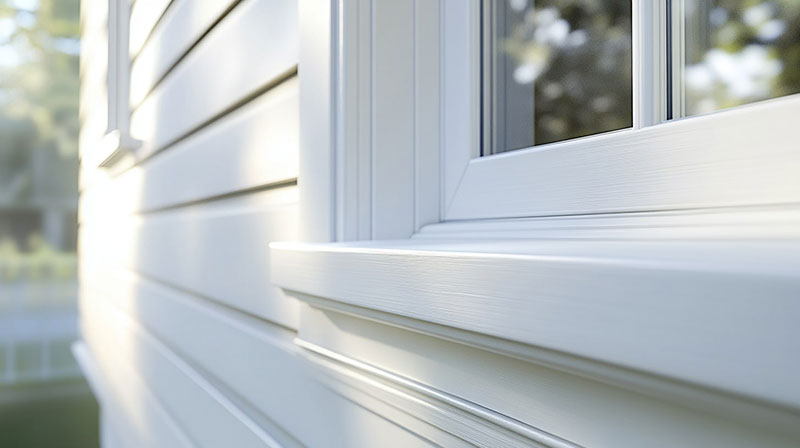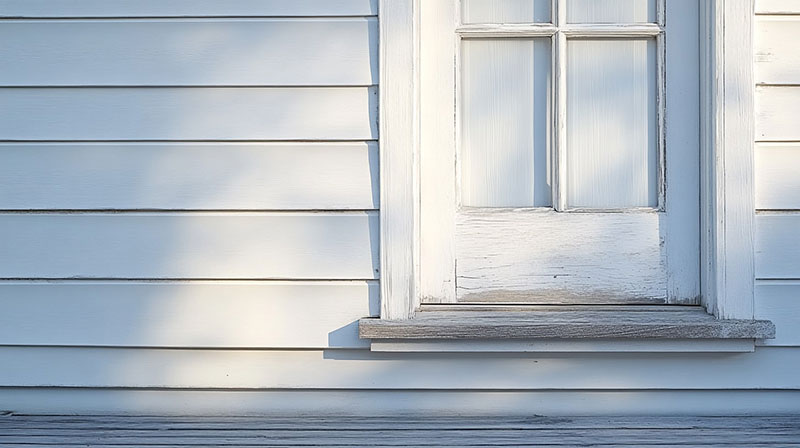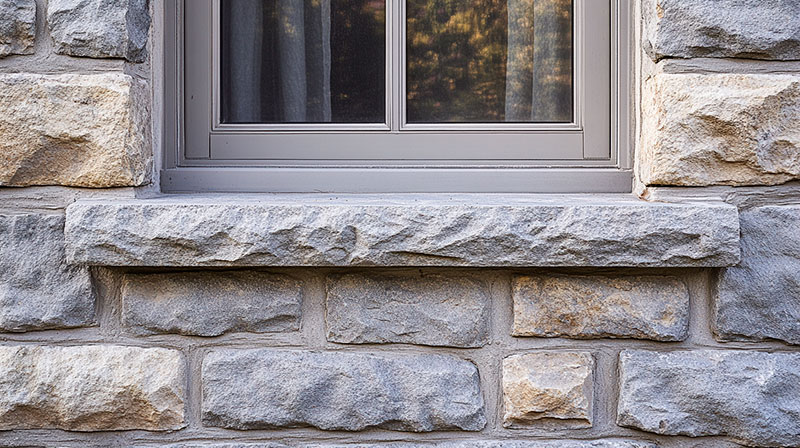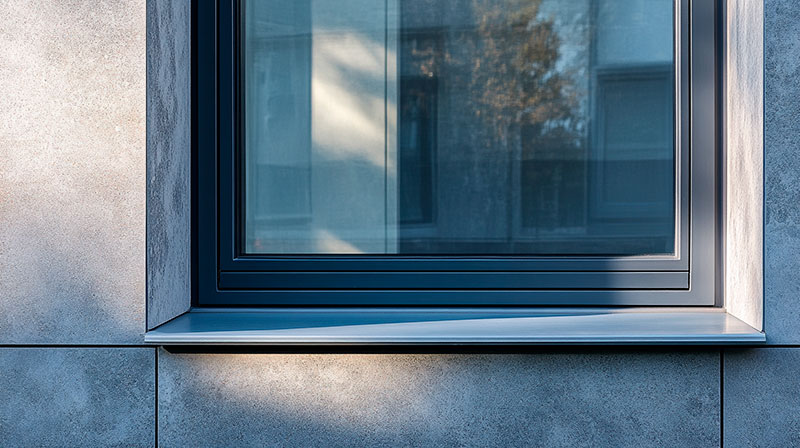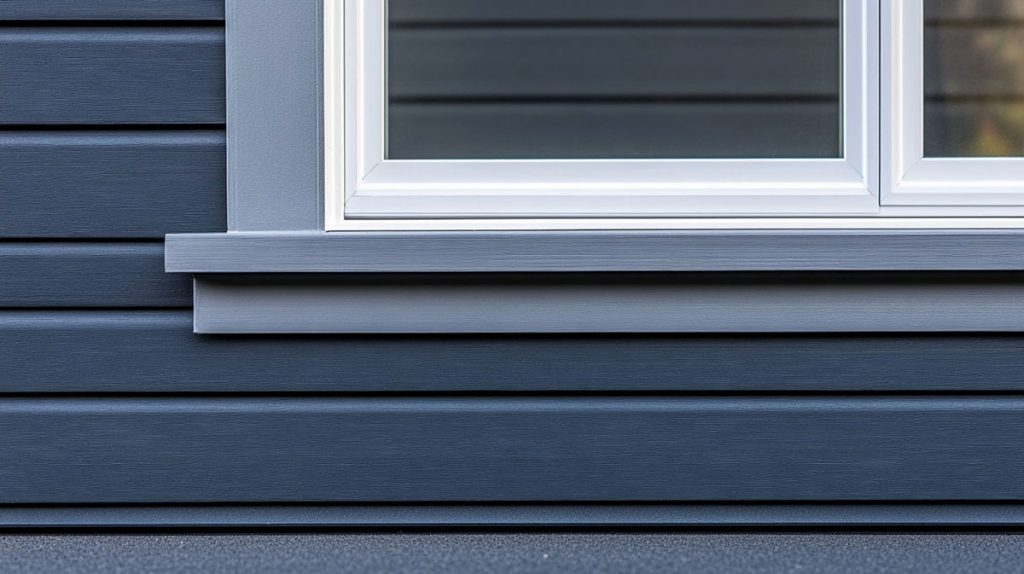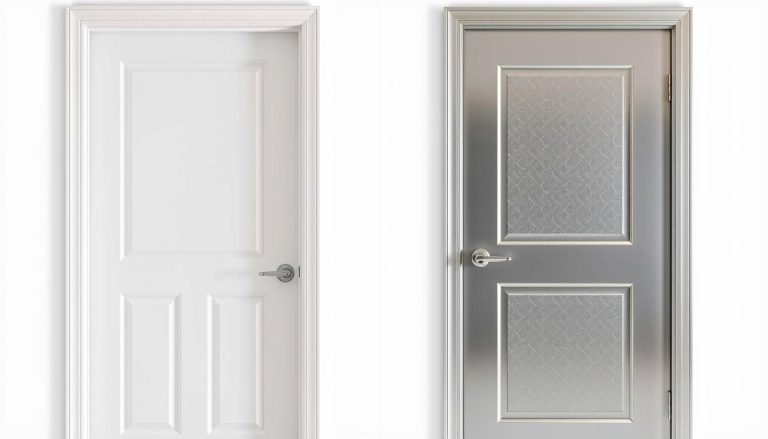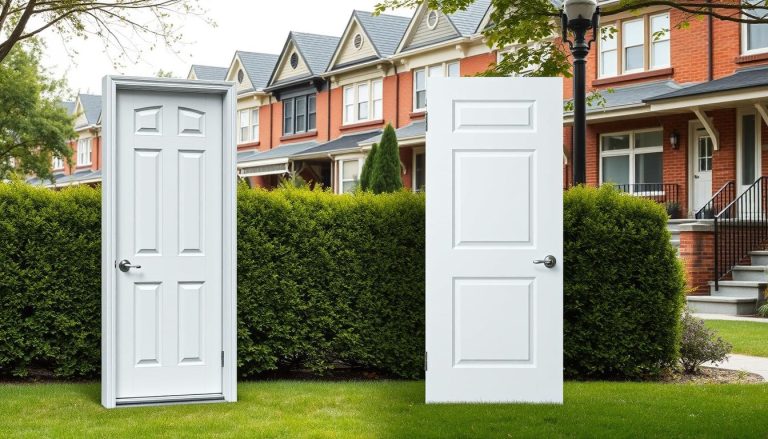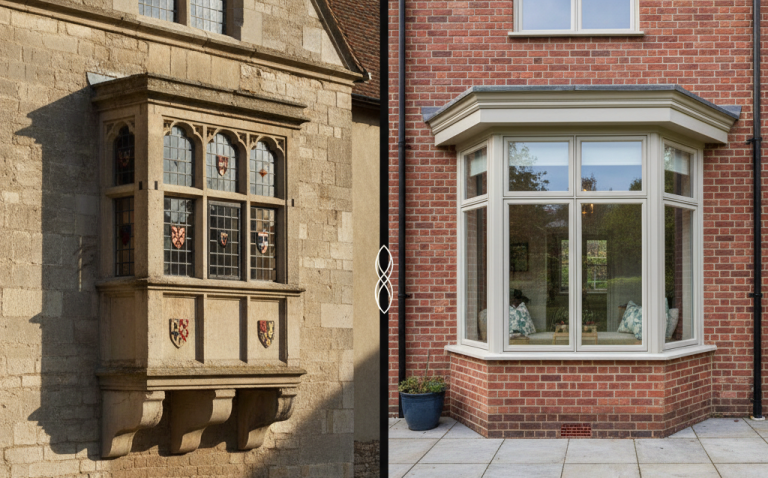A window sill is a horizontal structure located at the window bottom that serves as a flat piece of window trim, providing structural support and protection against weather elements. Window sills are essential components that protect your wall from water damage whilst offering both functional and aesthetic benefits to your home’s interior and exterior design.
Window Replacement Near Me
Understanding Window Sill Components and Structure
Window sills form part of a comprehensive window system that includes several interconnected elements. The window frame houses the entire structure, whilst the sash holds the glass panels in place. At the base, you’ll find the sill – a horizontal structure that serves multiple purposes.
The key components work together seamlessly:
- Window frame: The outermost structural element
- Sash: The movable section containing glass
- Window sill: The horizontal base providing support
- Window stool: The interior portion of the sill
- Window trim: Decorative elements surrounding the frame
Understanding these components helps homeowners appreciate why proper window replacement requires attention to every detail. The structural integrity of your entire window system depends on each element functioning correctly.
Find related services
Primary Functions of Window Sills
Window sills serve several critical functions that protect your home and enhance its functionality. The primary purpose involves directing rain and snow away from your building’s structure, preventing moisture infiltration that could damage interior walls.
"Window sills are often overlooked, but they're absolutely crucial for protecting your home's structural integrity," explains Cherry Jian, Sales Consultant at Total Home Windows and Doors. "A properly installed sill can prevent thousands of pounds in water damage repairs."
The functional benefits include:
- Weather protection: Deflecting rain and snow from walls
- Structural support: Bearing the window’s weight
- Thermal barrier: Reducing heat transfer
- Aesthetic enhancement: Adding visual appeal
- Surface utility: Providing space for decorations or plants
Many homeowners discover that energy-efficient windows work best when paired with properly designed sills that complement the overall thermal performance.
Find related products
Material Options for Window Sills
| Material | Durability | Maintenance | Cost | Best Use |
| Wood | Moderate | High | Medium | Interior applications |
| Stone | High | Low | High | Luxury installations |
| Aluminum | High | Very Low | Low | Modern exteriors |
| uPVC | High | Very Low | Medium | Contemporary homes |
Different materials offer varying benefits depending on your specific requirements. Wood provides traditional warmth but requires regular maintenance to protect against weather damage. Stone offers exceptional durability and creates an elegant appearance, though at higher cost.
Aluminum sills deliver excellent weather resistance and require minimal upkeep, making them popular for exterior applications. At Total Home Windows and Doors, with our 14 years of experience serving 28,000 satisfied customers across Central and South Ontario, we’ve observed how material choice significantly impacts long-term performance.
Design Considerations for Optimal Performance
Proper window sill design requires careful attention to dimensions and slope. The width and depth must accommodate your specific window style whilst providing adequate overhang to protect the wall below. Most effective sills feature a sloped or angled surface that encourages water runoff.
Design specifications typically include:
- Slope angle: 15-20 degrees for optimal drainage
- Width: Extending 25-50mm beyond the frame
- Depth: Matching wall thickness plus overhang
- Height: Coordinating with interior floor levels
- Finish: Weather-resistant coating for exterior surfaces
"The engineering background of our founders, Vitaliy Shapiro and Anna Klein, really shows in how we approach sill design," notes Eugene Siukayev, Project Manager. "Every measurement matters when you're protecting someone's home investment."
When planning new construction windows, consider how sill design integrates with your overall architectural style and functionality requirements.
Installation and Replacement Guidelines
Installing or replacing window sills requires precision to achieve proper fit and performance. The project begins with accurate measurements to ensure the new sill matches existing openings whilst providing improved functionality.
Installation steps involve:
- Measurement: Recording exact width, depth, and angles
- Material preparation: Cutting sill to precise dimensions
- Surface preparation: Ensuring level, clean installation area
- Fitting: Positioning sill with proper slope and overhang
- Sealing: Applying weatherproof sealants around edges
- Finishing: Adding trim and protective coatings
Professional installation ensures structural integrity and prevents future problems. Our specialized installation teams use modern equipment and techniques, completing most residential projects within 1-3 days whilst maintaining our lifetime warranty standards.
Maintenance Requirements for Longevity
Regular maintenance extends sill life and preserves your home’s protection. Different materials require varying care levels, but all benefit from periodic inspection and cleaning.
Maintenance schedules should include:
| Frequency | Task | All Materials | Wood Only | Stone/Aluminum |
| Monthly | Visual inspection | ✓ | ✓ | ✓ |
| Quarterly | Deep cleaning | ✓ | ✓ | ✓ |
| Annually | Sealant check | ✓ | ✓ | ✓ |
| Bi-annually | Wood treatment | - | ✓ | - |
"Proper maintenance prevents small issues from becoming major repairs," emphasises Daniel Klein, Project Manager. "We always provide our customers with detailed care instructions to protect their investment."
Frequently Asked Questions
What is the difference between a window ledge and a window sill?
Window ledge and window sill are terms often called interchangeable, though technically windowsills refer to the structural base component, whilst ledges describe the interior surface used for decoration or storage in construction.
What is the difference between a window frame and a window sill?
The window frame encompasses the entire structural border surrounding glass panels, whilst windowsills form the horizontal bottom component. You measure each separately during construction, as frames provide vertical support and sills offer durable horizontal protection.
What is the purpose of a window sill?
Windowsills serve multiple purposes in construction: directing rainwater away from walls, providing structural support for windows, and creating durable surfaces. They’re called essential components that you must measure precisely for proper weather protection.

